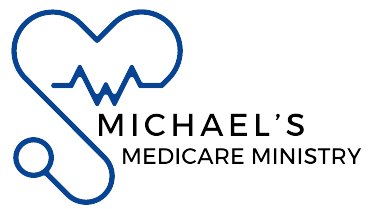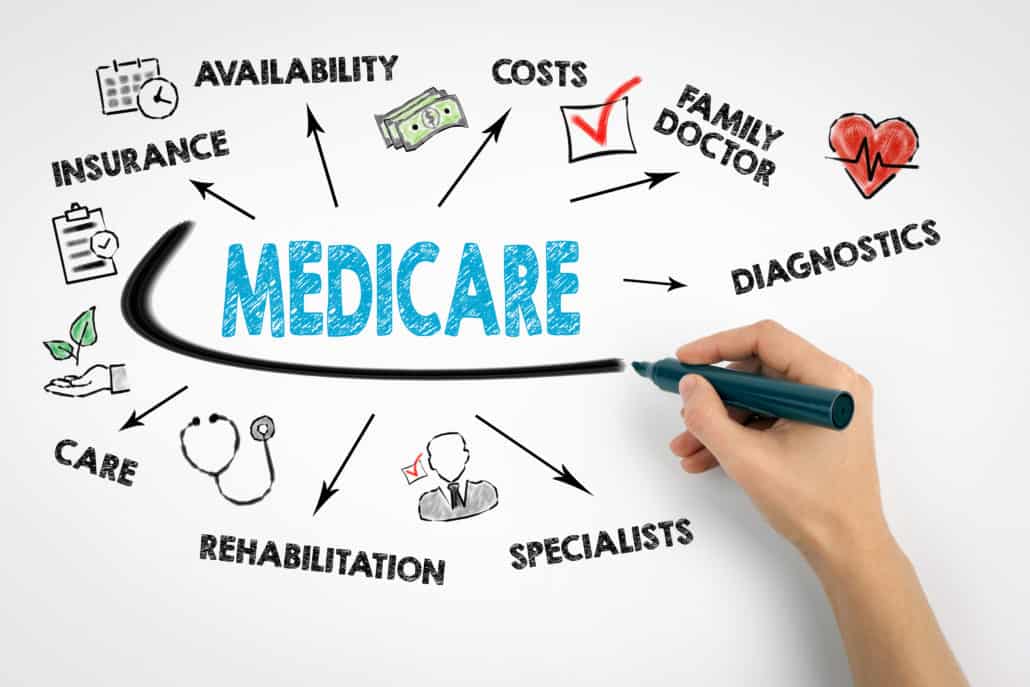Navigating healthcare can be daunting, especially when faced with an array of options, terminology, and enrollment requirements. Understanding Medicare is a critical step toward securing affordable and comprehensive health coverage for residents in Longview, WA, and Beaverton, OR. This beginner’s guide will break down everything you need to know about Medicare—what it is, how it works, and how to make informed decisions tailored to your needs.
For Assistance in Longview, WA & Beaverton, Or contact
Michael’s Medicare Ministry
Address: 15125 SW Ruby Court Beaverton
Call: +1 (503) 828-2328
Email: wmichaeljarman@gmail.com
What is Medicare?
Medicare is a federal health insurance program designed primarily for individuals aged 65 and older. However, it also provides coverage to younger individuals with specific disabilities and those diagnosed with End-Stage Renal Disease (ESRD). Administered by the Centers for Medicare & Medicaid Services (CMS), Medicare aims to ensure that eligible individuals can access affordable healthcare without overwhelming out-of-pocket costs.
Medicare is divided into several parts, each covering specific healthcare needs. These include:
- Medicare Part A: Hospital insurance
- Medicare Part B: Medical insurance
- Medicare Part C: Medicare Advantage Plans
- Medicare Part D: Prescription drug coverage
Understanding the Parts of Medicare
1. Medicare Part A: Hospital Insurance
Medicare Part A covers inpatient hospital stays, skilled nursing facility care, hospice care, and some home health services. For most people, Part A is premium-free if they or their spouse have paid Medicare taxes for at least 10 years.
Key Features:
- Hospital Stays: Covers semi-private rooms, meals, and necessary tests.
- Skilled Nursing Facility: Covers rehabilitation services after a hospital stay of three or more days.
- Hospice Care: Provides end-of-life care for terminally ill patients.
2. Medicare Part B: Medical Insurance
Medicare Part B covers outpatient services, doctor visits, preventive care, and medically necessary services. Unlike Part A, most people pay a monthly premium for Part B, which is based on their income.
Key Features:
- Doctor Visits: Includes regular checkups and specialist consultations.
- Preventive Services: Covers screenings, vaccines, and wellness visits.
- Durable Medical Equipment (DME): Includes items like wheelchairs and walkers.
3. Medicare Part C: Medicare Advantage Plans
Medicare Part C, or Medicare Advantage, is an alternative to Original Medicare. Offered by private insurance companies approved by Medicare, these plans often include additional benefits such as dental, vision, hearing, and prescription drug coverage.
Key Features:
- Comprehensive Coverage: Combines Parts A, B, and often D.
- Network-Based Plans: Many plans require using in-network providers.
- Added Benefits: May include fitness programs, telehealth, and more.
4. Medicare Part D: Prescription Drug Coverage
Medicare Part D helps cover the cost of prescription medications. It is offered by private insurers and can be added to Original Medicare or included in some Medicare Advantage Plans.
Key Features:
- Formulary: A list of covered drugs, often categorized by tiers.
- Coverage Gap: Known as the “donut hole,” where costs may temporarily increase.
Who is Eligible for Medicare?
Eligibility for Medicare generally falls into the following categories:
- Age-Based: Individuals 65 years or older.
- Disability: Those under 65 who have received Social Security Disability Insurance (SSDI) for at least 24 months.
- Medical Conditions: Patients with End-Stage Renal Disease (ESRD) or Amyotrophic Lateral Sclerosis (ALS).
For residents of Longview and Beaverton, ensuring timely enrollment is crucial to avoid penalties or gaps in coverage.
How to Enroll in Medicare
Enrolling in Medicare involves several steps, depending on your circumstances:
- Initial Enrollment Period (IEP): This seven-month period begins three months before your 65th birthday, includes your birth month, and ends three months after.
- Special Enrollment Period (SEP): For those who delayed Part B enrollment due to employer-sponsored coverage.
- General Enrollment Period (GEP): Runs from January 1 to March 31 each year for those who missed their IEP.
Residents of Longview and Beaverton can enroll through:
- The Social Security Administration (SSA) website.
- Calling the SSA office.
- Visiting a local Social Security office in person.
Why Medicare Matters in Longview and Beaverton
Medicare plays a vital role in ensuring residents of Longview, WA, and Beaverton, OR, have access to essential healthcare services. With the rising costs of medical care, Medicare offers a safety net, particularly for seniors and individuals with disabilities. Here’s why it’s especially important:
1. Local Healthcare Providers
Both cities are home to numerous healthcare facilities and providers that accept Medicare. From PeaceHealth St. John Medical Center in Longview to Providence St. Vincent Medical Center near Beaverton, residents have access to quality care.
2. Tailored Plans for Local Needs
Private insurers offering Medicare Advantage Plans in these areas often design their plans to address the unique needs of local residents, including additional benefits like gym memberships or transportation assistance.




